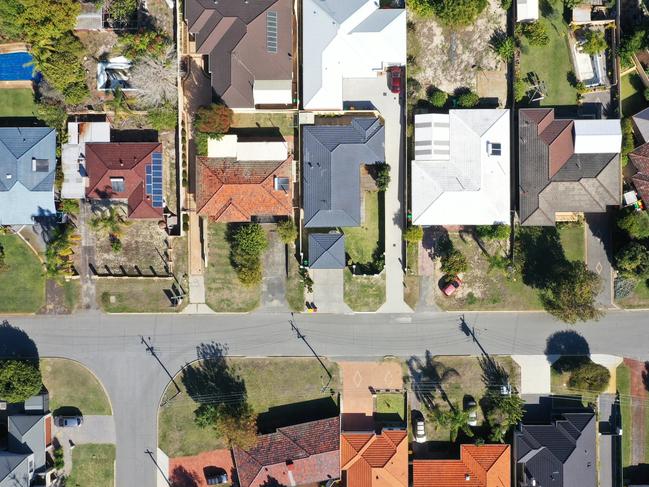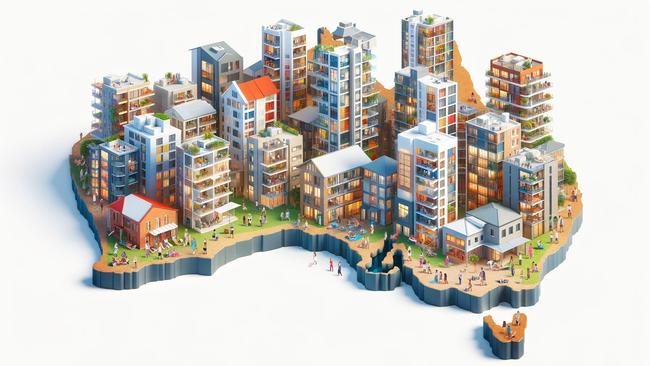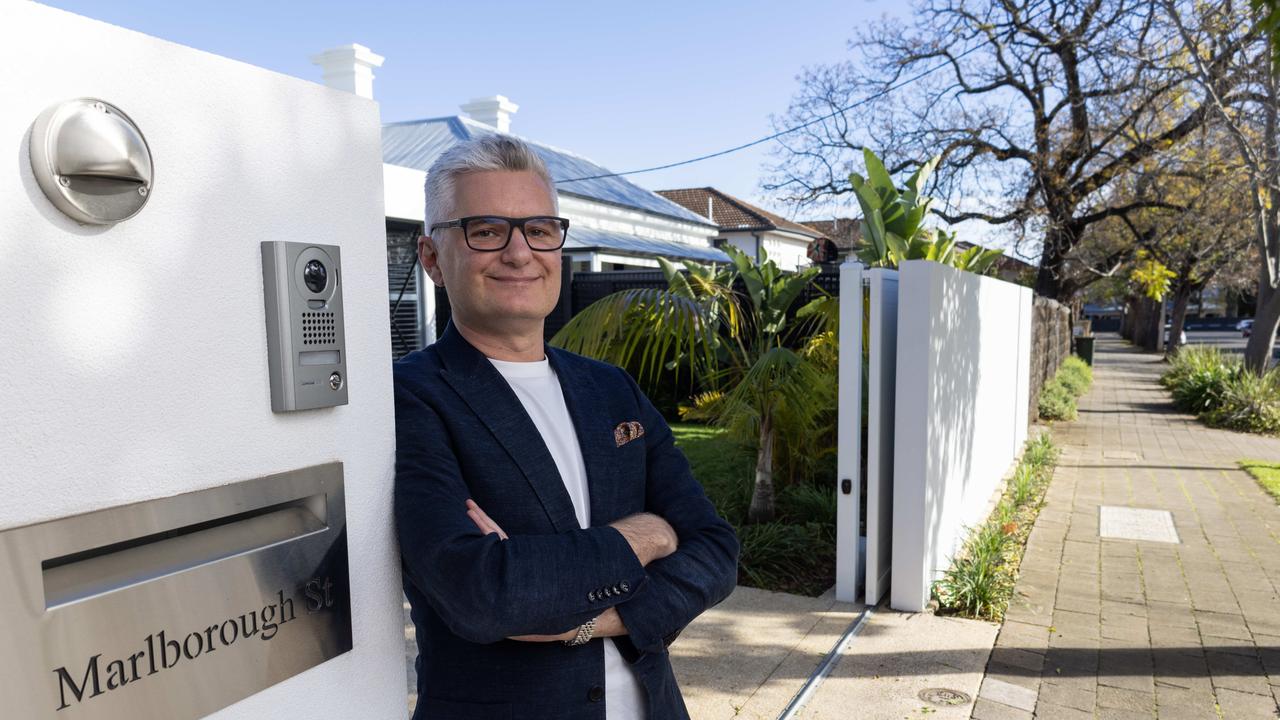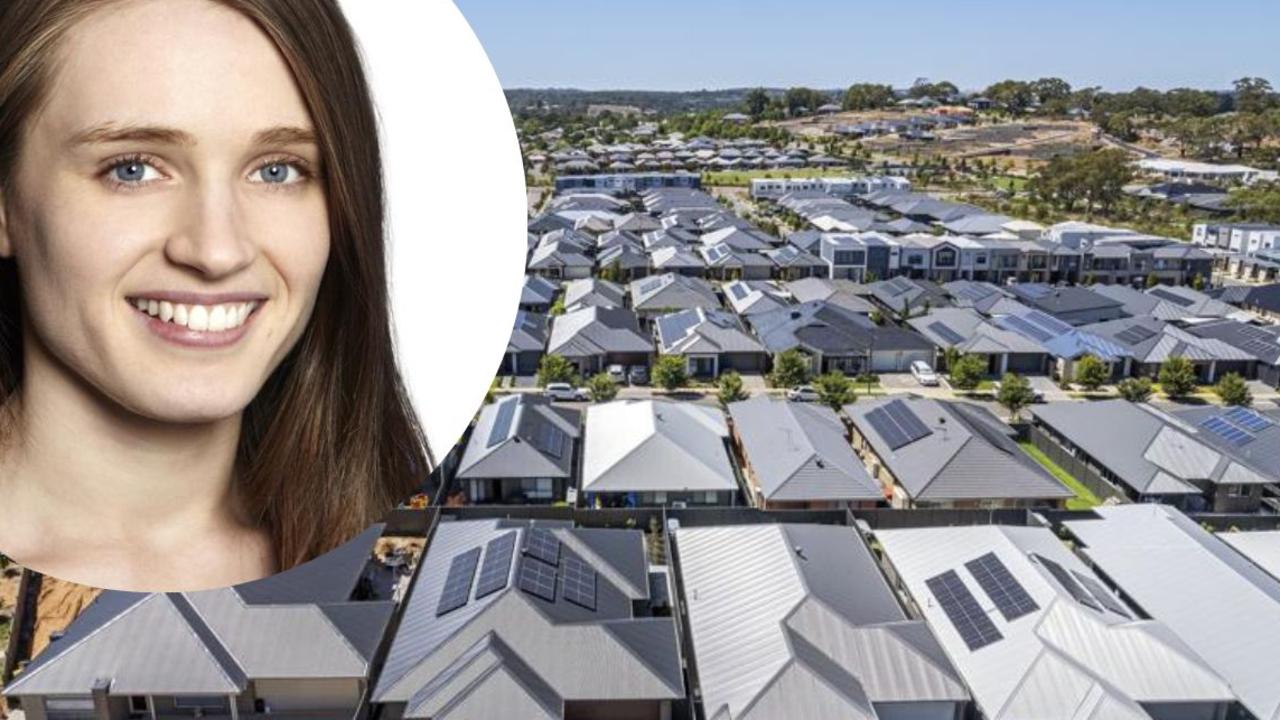Fractured real estate market tearing up Australia
The splintered nature of Australia’s property market is set to continue for some time due to these crucial factors.

Property
Don't miss out on the headlines from Property. Followed categories will be added to My News.
The multi-speed nature of Australia’s property market today can be seen in the 12-month price changes across our capital cities and regions. Over the 12 months to May 31, here’s how median home values in the capital cities have changed:
Perth 22 per cent
Brisbane 16.3 per cent
Adelaide 14.4 per cent
Sydney 7.4 per cent
Darwin 3.5 per cent
Canberra 2 per cent
Melbourne 1.8 per cen
and Hobart -0.1 per cent.

Here’s how they’ve changed in the regions:
Western Australia 14.8 per cent
Queensland 11.8 per cent
South Australia 10.6 per cent
NSW 4.3 per cent
Tasmania 0.4 per cent
and Victoria -0.6 per cent.
* Source: CoreLogic
As you can see, there’s a 20 per cent-plus range between the weakest and strongest markets, and new research from CoreLogic explains some of the drivers behind this divergence.
Interest rates
CoreLogic says the data implies that expensive city markets were impacted by rate rises earlier than others. For example, Sydney home values declined in the months after the first rate rise in May 2022, while home values in more affordable markets, like Adelaide, continued to move up.
Market cycles
As rates began rising, Hobart, Canberra, Sydney and Melbourne experienced strong downturns, but this followed significant price growth in the period immediately prior. So, rising rates also had a bigger impact on the hottest-running markets at the time.
We also saw a protracted downturn in Perth after the mining boom ended from 2014 to 2020, so it could be argued that the city’s price growth today is merely a long-awaited catch-up in its cycle.
Supply and demand
Demand for homes is high everywhere, but some markets have limited supply and that is pushing up prices. The hottest capital city markets – Perth, Brisbane and Adelaide – have the biggest supply deficits. CoreLogic data shows stock for sale in Perth and Adelaide is more than 40 per cent below each city’s five-year average for this time of year, and Brisbane stock is 3 4 per cent below the average.
Conversely, stock for sale in the weakest capital city market – Hobart – is 41 per cent higher than the five-year average. Supply is also high in Melbourne, with 98,223 new listings brought to market over the past 12 months – the highest of any capital city – and 84,452 sales recorded over the period.
New home building
With so much focus on Australia’s supply issue lately, Victoria provides a good case study on how new supply can subdue price growth without eliminating it. CoreLogic points out that Victoria has had a higher home-building completion rate than other states and territories since the GFC. This may reflect a stronger take-up of the temporary boost to Victoria’s First Home Owner Grant, as well as the national HomeBuilder scheme during Covid. Additionally, a lot of inner-city apartments were built in Melbourne following the property investment boom in the mid-to-late 2010s.
This new supply has contributed to price growth in Melbourne tracking well below Sydney today.

Interstate migration
The Covid years ushered in the era of working from home, which prompted many working families to cash in on years of superior capital growth in Sydney and Melbourne and move to cheaper markets, with South-East Queensland and Western Australia the biggest beneficiaries. Queensland offered affordability and lifestyle, while Western Australia offered affordability and new mining jobs.
This population growth drove the demand for homes higher, thereby pushing prices up across the capital cities and regional areas of both states.
Overseas migration
Record-high net overseas migration in 2023 impacted rental markets more than home values. As usual, most migrants settled in NSW and Victoria, and weekly rents have risen faster than property values in both Melbourne and Sydney over the past 12 months. Rents are up 9 per cent in Melbourne and 8.5 per cent in Sydney compared to property values up 1.8 per cent and 7.4 per cent, respectively.
Affordability
Despite high price growth, the three fastest-rising capital cities today still offer great value. Take a look at these median house price comparisons:
Perth ($770,000)
Brisbane ($940,000)
Adelaide ($810,000)
Compared to Sydney ($1.45 million)
Canberra ($960,000)
and Melbourne ($940,000).
With higher interest rates making finance harder to access, cheaper markets are attracting more families looking for a lifestyle change; as well as investors, who since Covid are more open to buying wherever the financial opportunities are best instead of close to home for convenience.
Strong employment
Employment growth has been strong in Western Australia and Queensland, which is another factor prompting more people to move to these states and buy affordable forever homes for their families.
What next?
CoreLogic expects the large price growth gap between markets to remain for some time, given strong fundamentals in Perth and continuing oversupply in Melbourne and Hobart.
However, the property market is cyclical.
It’s only a matter of time before buyers are drawn back to the markets that are currently the weakest, and prices there will start moving up again.
* John McGrath is the founder, Managing Director and Chief Executive Officer of McGrath Estate Agents
Originally published as Fractured real estate market tearing up Australia




